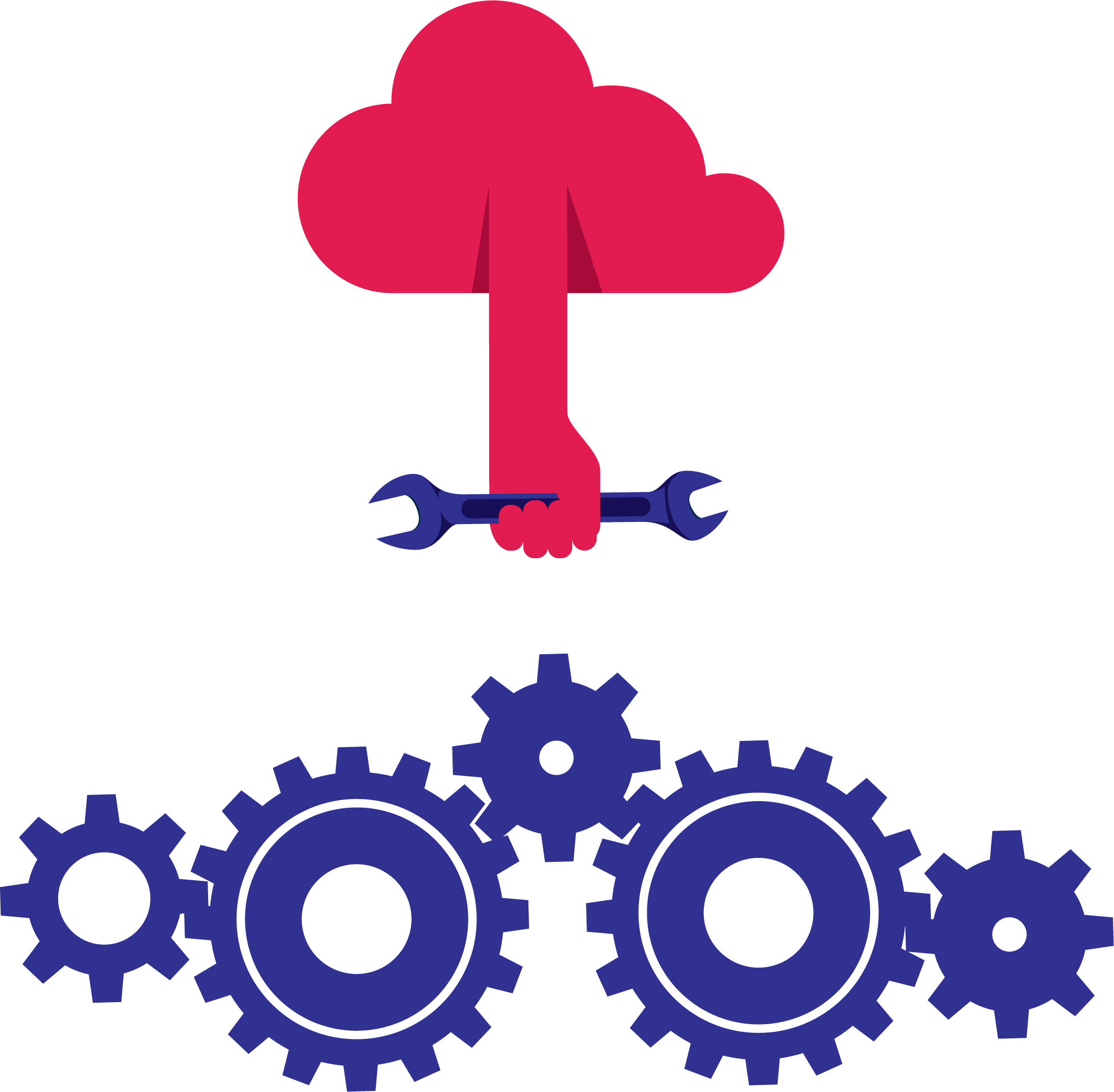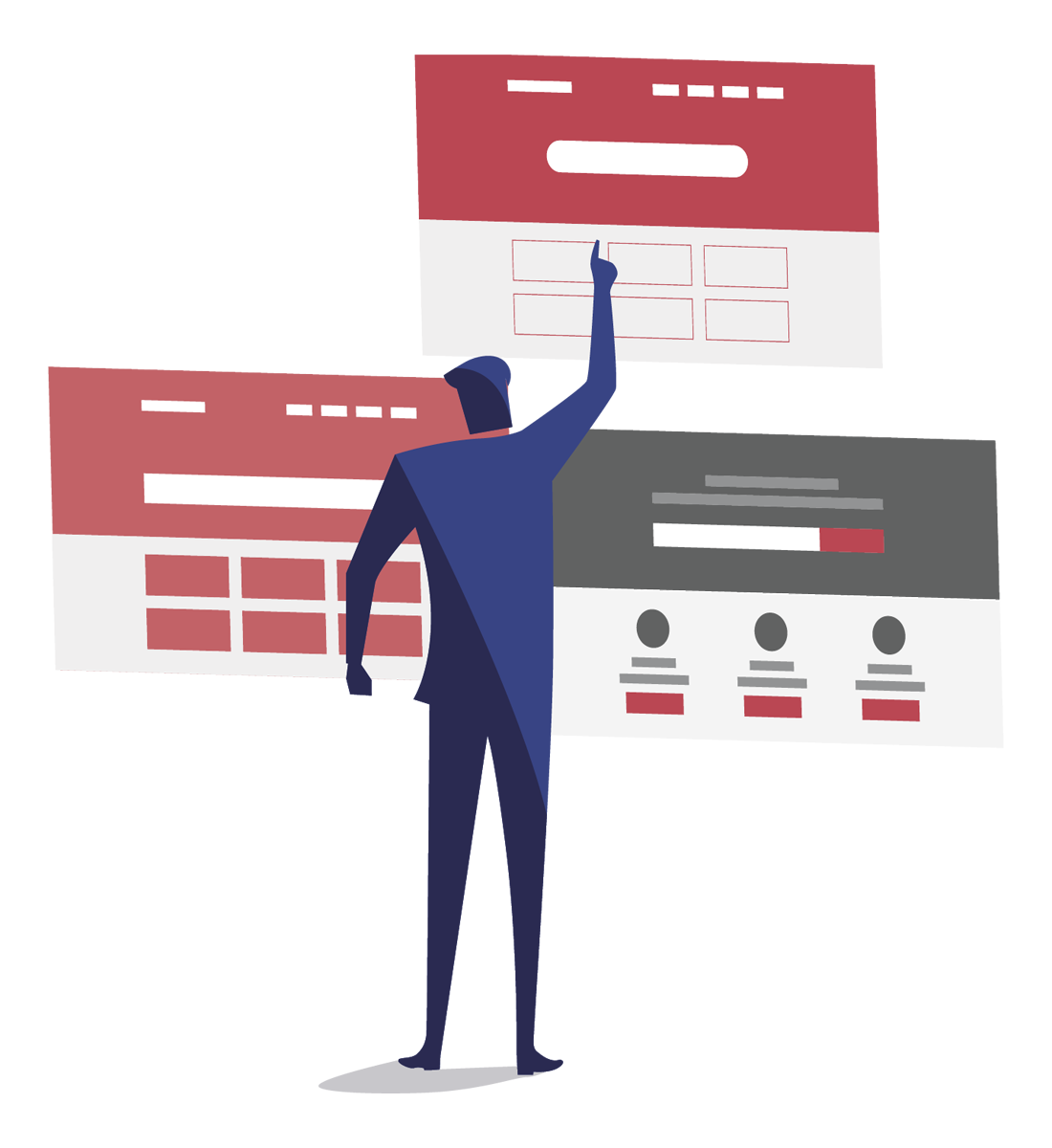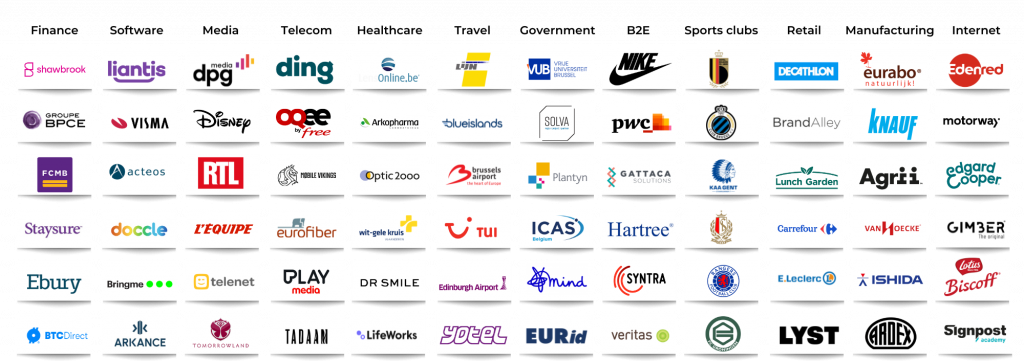“Customers do not come first. Employees come first. If you take care of your employees, they will take care of your customers.” These are not our words but those of Sir Richard Branson. And why should we contradict the flamboyant British businessman?
Employees are just like customers. They expect to receive the same impeccable service in the office as they have grown used to from the services they receive outside office hours. Will your organisation pass the test when you compare its internal services with those of, say, Coolblue or Airbnb?
However, like in the world beyond the office walls, the quality of the internal services directly impacts the customer experience and ultimately the organisation’s bottom line.
Frictionless, the key to success
According to research, a good employee experience is worth its weight in gold. Happy employees are more productive and less likely to change jobs. This is also reflected in their relationships with customers. Many studies reveal that the companies with the most dedicated employees outperform their direct competitors in just about every sector. They perform up to 1.5 times better. And these are the pre-Corona figures.
It goes without saying that the employee experience is strongly affected by the organisational culture. It all depends on how employers trust their people to do meaningful work with the necessary autonomy. Now more than ever. Moreover, office infrastructure and technology also play increasingly important roles in the work experience. The less time we spend in the office, the more essential the connecting function of that building becomes when we do go there. And those without the proper technological tools to facilitate that hybrid way of working will find themselves left out. It means that aside from management and HR, the IT and Facilities teams should also be more closely involved. Nothing and nobody should stand in the way of the frictionless employee experience.
Consequently, companies are well-advised to invest in people and resources to closely monitor internal customer satisfaction and make the necessary adjustments. That much is obvious. You can take this as far as you like – there are plenty of tools – but as far as we are concerned, facilitating an internal point of contact, such as an internal help desk, is the most obvious thing.
An internal helpdesk to improve the service for your internal customers
Most organisations do everything in their power to answer customer queries as quickly as possible. And so they should. Internally, however, that is often a much more complicated process, and employees generally have to exercise more patience to get clear and comprehensive answers to their queries.
It starts with the problem of whom to turn to. And through which channel? Email? Slack or Microsoft Teams? Telephone? The intranet? And so on. People soon get the impression that their queries will end up on a big pile somewhere and have no idea when they can expect answers.
A well-structured internal helpdesk will allow employees to communicate uniformly with the company. They will also be able to track when their queries are answered. Moreover, such internal helpdesks can be set up with various AI tools and resources, such as chatbots. Better still, connecting the chatbot to an internal database will mean that many Frequently Asked Questions will be answered immediately.
- Can someone take a look at the coffee machine on the second floor? It is only producing hot water.
- The copier is out of paper, and there is none to be found in the storeroom. Now what?
- Can I still order sandwiches in time for lunch?
- Yesterday, I asked for a day off on Friday, but I have still not received an answer from Jane in HR.
- My password is no longer working. Do I have to request a new one?
- I will have a meeting in this building tomorrow, but I don’t know how to book a meeting room.
An internal helpdesk can ensure that most of these queries will be processed and answered automatically. It’s that simple.
More freedom for Facilities, HR, and IT
If done right, an internal helpdesk will add value for individual employees and departments that are often faced with all kinds of queries and problems from staff, such as HR, IT, and Facilities.
Helping employees quickly and efficiently – or enabling them to find the correct answers themselves – will definitely benefit staff in IT, HR, and Facilities. After all, these queries usually come to them first, and they will now be free to take on other, more valuable tasks, which would benefit all employees and the company.
And let’s face it, who wants to keep answering the same queries over and over again? The employee experience of the people in the IT, HR, or Facilities departments also counts. 😏















